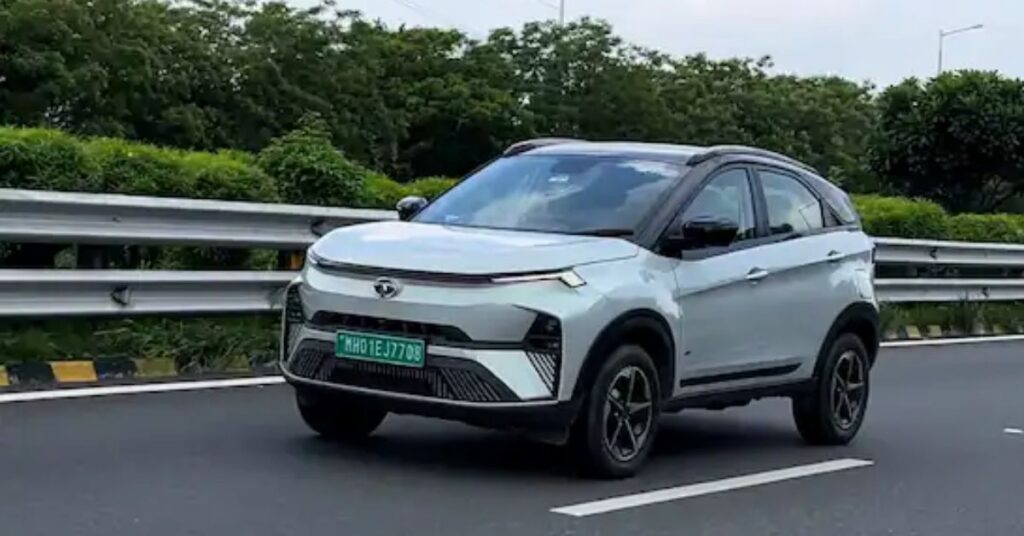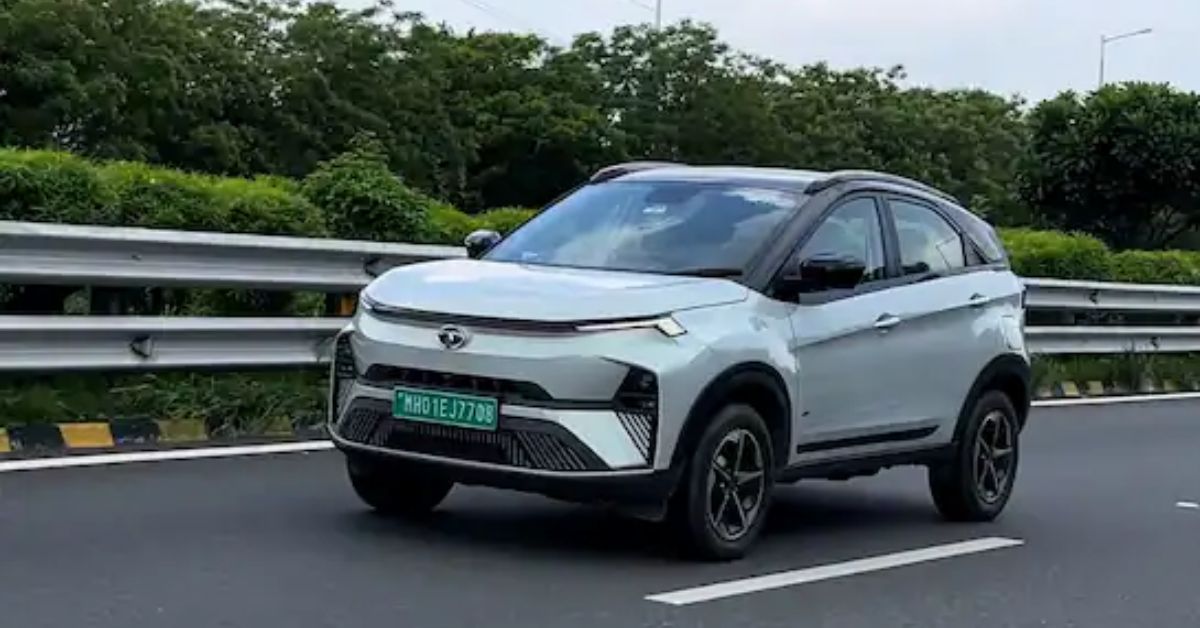The Indian automobile industry is undergoing a major transformation with the rising demand for electric vehicles (EVs). Leading this shift is the Tata Nexon EV, a compact electric SUV that has gained immense popularity since its launch. With its blend of performance, affordability, and eco-friendliness, the Nexon EV has positioned itself as a frontrunner in India’s growing EV market.
Why Electric Vehicles Are Gaining Popularity in India
Electric vehicles are gaining traction in India due to increasing environmental awareness, rising fuel costs, and strong government support. The Indian government aims to achieve 30% electric vehicle adoption by 2030 under the FAME II (Faster Adoption and Manufacturing of Hybrid and Electric Vehicles) scheme.
Key factors driving EV adoption include:
- Reduction in GST on EVs from 12% to 5%
- Income tax deductions of up to ₹1.5 lakh on EV loan interest (Section 80EEB)
- State-level subsidies and exemptions on registration fees
Overview of Tata Nexon EV
Design and Build
The Tata Nexon EV maintains the robust and sporty look of its petrol-powered counterpart while integrating EV-specific elements such as blue accents, a closed grille, and aerodynamic wheels. It features high ground clearance, a coupe-like silhouette, and LED DRLs, making it visually appealing and practical for Indian roads.
Battery and Range
The Nexon EV is available in two main variants:
- Nexon EV Medium Range (MR) – 30 kWh battery with a range of up to 325 km (ARAI-certified)
- Nexon EV Long Range (LR) – 40.5 kWh battery offering up to 465 km (ARAI-certified)
These ranges make the Nexon EV suitable for both city driving and occasional highway travel.

Performance
Equipped with a Permanent Magnet Synchronous Motor, the Nexon EV delivers a peak power of 106.4 kW (143 PS) and 215 Nm torque in the LR variant. The car accelerates from 0 to 100 km/h in under 9 seconds, providing a responsive and smooth driving experience.
Charging Capabilities
- Fast Charging: Up to 50 kW DC fast charger can charge the battery from 10% to 80% in about 56 minutes.
- Home Charging: A 7.2 kW AC home charger provides full charge in approximately 6-7 hours.
These charging options make the Nexon EV convenient for both daily commutes and longer journeys.
Interior and Technology
The interior of the Tata Nexon EV is equipped with modern features and premium materials. Key highlights include:
- 10.25-inch touchscreen infotainment system with Android Auto and Apple CarPlay
- Digital instrument cluster
- Ventilated leatherette seats
- Wireless charger and air purifier
- Voice commands and over-the-air (OTA) updates
The cabin is designed to offer both comfort and functionality, making it ideal for urban families and tech-savvy drivers.
Safety Features
The Nexon EV comes with several advanced safety technologies, contributing to its high safety rating. Some of the standard and optional features include:
- Six airbags
- Electronic Stability Program (ESP)
- Hill Hold Control
- Traction Control
- ISOFIX child seat mounts
- All-wheel disc brakes
The petrol version of Nexon has received a 5-star rating from Global NCAP, and the EV is built on the same platform, ensuring robust safety.

Pricing and Variants
As of 2025, the Tata Nexon EV is available in multiple variants with price tags ranging from ₹14.49 lakh to ₹19.49 lakh (ex-showroom). The variants include Creative+, Fearless, Fearless+, Empowered, and Empowered+.
With its competitive pricing, the Nexon EV offers an attractive proposition for buyers seeking a balance between performance and sustainability.
Running Costs and Maintenance
Electric vehicles typically have lower running costs than internal combustion engine (ICE) vehicles. For the Nexon EV:
- Cost per km (electricity): Approximately ₹1 – ₹1.2
- Annual maintenance cost: Significantly lower due to fewer moving parts, no engine oil changes, and reduced brake wear
This cost efficiency makes the Nexon EV ideal for daily usage, especially in urban areas where fuel prices continue to rise.
Charging Infrastructure in India
The growing EV ecosystem in India is supported by the expansion of public and private charging infrastructure. Tata Power has installed over 5,000 EV charging points across 350 cities in India, and many malls, tech parks, and residential societies are adopting private charging solutions.
Additionally, the Indian government is working to add 22,000 EV charging stations on highways and in cities under various public-private partnership models.
Environmental Impact
By choosing the Tata Nexon EV, consumers can significantly reduce their carbon footprint. An electric vehicle emits zero tailpipe emissions, which helps reduce urban air pollution and greenhouse gas emissions.
According to the International Energy Agency (IEA), EVs emit up to 60% less CO₂ over their lifecycle compared to petrol or diesel cars, especially when powered by renewable energy sources.
Tata Nexon EV: Customer Feedback
The Nexon EV has achieved impressive milestones in customer satisfaction and sales:
- Over 50,000 units sold in India by early 2024
- Consistently rated high on ride quality, ease of driving, and affordability
- Strong brand trust due to Tata Motors’ extensive after-sales network
(Source: Autocar India, Tata Motors press releases)
Future Outlook
With ongoing improvements in battery technology, infrastructure development, and government incentives, the Tata Nexon EV is set to remain a leading choice in the electric SUV segment. Tata Motors continues to innovate with future models expected to offer even longer range and smart features.
Conclusion
The Tata Nexon EV stands as a practical, eco-friendly, and cost-efficient electric car that meets the needs of Indian consumers. Its blend of performance, safety, and technology—combined with government support and expanding infrastructure—makes it a strong contender in India’s clean mobility future.
For buyers looking to transition to electric vehicles, the Tata Nexon EV offers an accessible and compelling solution.
